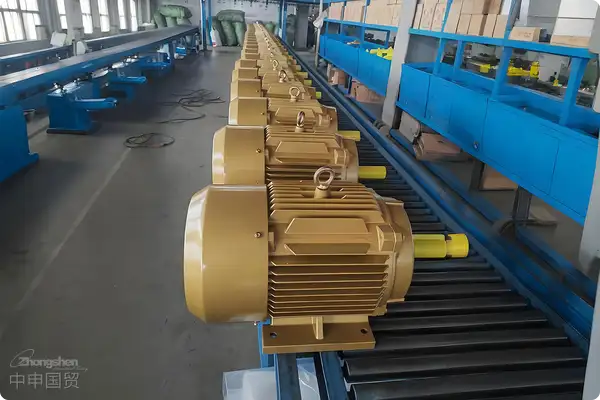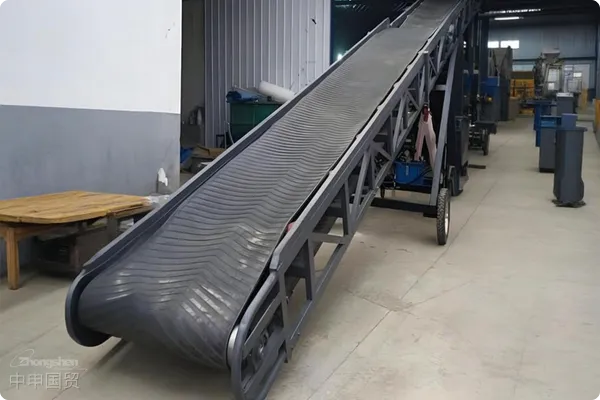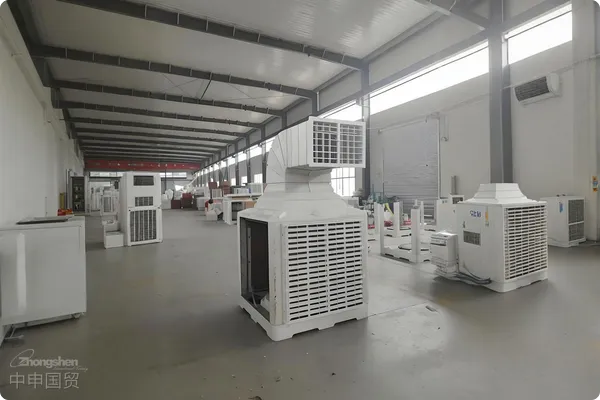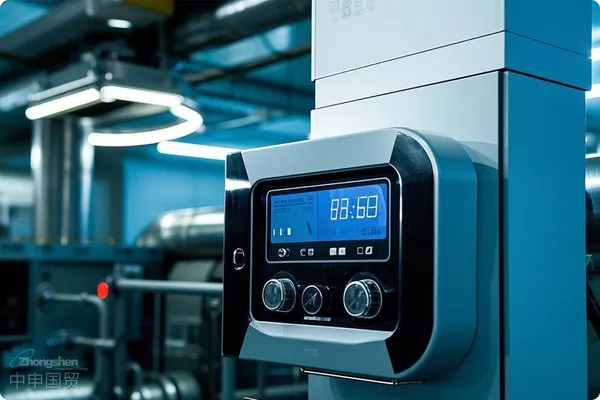- Shanghai Zhongshen International Trade Co., Ltd. - Two decades of trade agency expertise.
- Service Hotline: 139 1787 2118
In theforeign tradeDuring the export process, various requirements are always encountered, especially when it comes to the European market, where standards and requirements can sometimes seem complex and stringent. Recently, a customer mentioned a case regarding the export to Poland: The customer purchased a machine tool and additional molds. Do these molds also require a separate CE certification? Lets answer this question in detail.
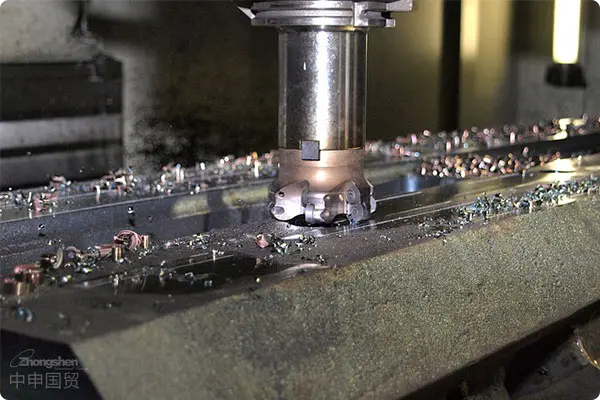
I. Background Information
In this project of exporting to Poland, we provided the customer with a machine tool and an additional purchased mold. This mold will be used in conjunction with the machine tool. However, since there is already a mold installed on the machine tool, the additional mold cannot be directly installed on the machine tool. Instead, it is planned to be placed in the machine tools fuel tank and shipped together. In the previous export operation to Serbia, we tied the mold to the machine tool, and only the machine tool was mentioned in the customs declaration and invoice, and no problems occurred. However, the designated freight forwarder in Poland raised objections this time.
II. Different Loading Methods and Customs Declaration Handling
For this situation, exporters have several different handling methods, and lets analyze their feasibility one by one:
- Place the Mold Separately in the Empty Space of the Container
If the mold is placed separately in the empty space of the container, and only the “machine tool” is written in the customs declaration and clearance documents, from the perspective of customs clearance, there may be certain risks. Because the mold is an independent item, and it is not declared on the customs declaration form, which may be considered by the Polish customs as misreporting or underreporting, resulting in customs clearance delays and even facing fines. - Place the Mold Inside the Machine Tool
If the mold is placed inside the machine tool, such as in the machine tools fuel tank, and only the machine tool is mentioned in the customs declaration documents, this method is relatively common in practice and relatively safe. The mold, as a part of the machine tool, usually does not need to be listed separately, as it is regarded as part of the whole machine. Especially in terms of CE certification, if the mold is just a part and not sold as an independent device, then it does not need a separate certification. However, it is still necessary to maintain a consistent understanding with the freight forwarder and the customer to ensure smooth customs clearance. - List the Mold Separately
If the mold is listed separately in the customs declaration and clearance documents, then usually a separate CE certification needs to be applied for the mold. CE certification is a proof of the products compliance with safety, health and environmental protection requirements. Independent devices exported to the EU market usually need to have CE certification. If the mold is regarded as an independent product rather than a part, it needs to meet this requirement.
III. Freight Forwarders Opinions and Handling Methods
Sometimes, freight forwarders may put forward some seemingly cumbersome requirements, such as the freight forwarder in Poland this time, who required the mold to be declared separately or the CE certification of the mold to be clearly stated. This may be out of cautious consideration to avoid problems during customs clearance. However, from practical experience, as long as the mold is installed inside the machine tool as a part of the machine tool and not declared separately as an independent device, it is no problem to only write the machine tool in the customs declaration.
For exporters, the best way is to communicate fully with the customer.Let the customer confirm with their freight forwarder.After all, the customer has stronger communication capabilities locally, and they can coordinate with the freight forwarder and finally decide which way to use for declaration. If the mold is listed separately, the customer will also face additional tariff costs, and this needs to be informed to the customer in advance so that they can make a reasonable choice.
IV. How to Deal with the CE Certification Issue of Molds?
- Mold as a Part: If the mold is only used as a part of the machine tool, then it is part of the whole machine tool and does not need to apply for a separate CE certification. This is the simplest and most common way.
- Mold as an Independent Device: If the customer or the freight forwarder insists on declaring the mold separately, then it is necessary to consider applying for a CE certification for the mold to ensure that it meets the EU safety standards. This may increase certain time and costs.
V. Summary: How to Deal with the Export of Molds and Machine Tools?
To sum up, the best way to handle the export of the machine tool and its supporting mold to Poland should be determined according to the specific situation and customer requirements. If the mold is directly loaded into the machine tool as a part and only the machine tool is declared, no separate CE certification is required, which can simplify the process and save costs. However, if the freight forwarder or the customer has special requirements and the mold needs to be listed separately, then it is necessary to consider applying for the corresponding certification and additional customs declaration operations.
During the entire export process, maintaining good communication with the customer and the freight forwarder is crucial. Only by ensuring that all parties reach an agreement on the operation methods and requirements can the goods be smoothly delivered to Poland, avoiding unnecessary delays and additional costs.
Related Recommendations
Category case
Contact Us
Email: service@sh-zhongshen.com
Related Recommendations
Contact via WeChat

? 2025. All Rights Reserved. 滬ICP備2023007705號(hào)-2  PSB Record: Shanghai No.31011502009912
PSB Record: Shanghai No.31011502009912

